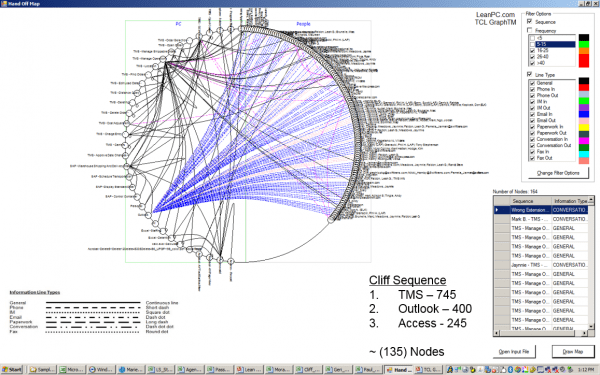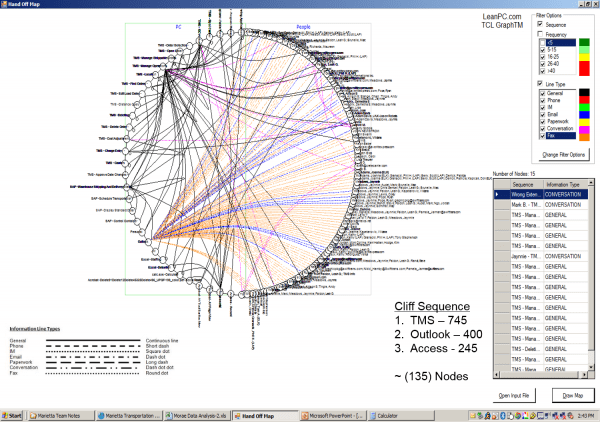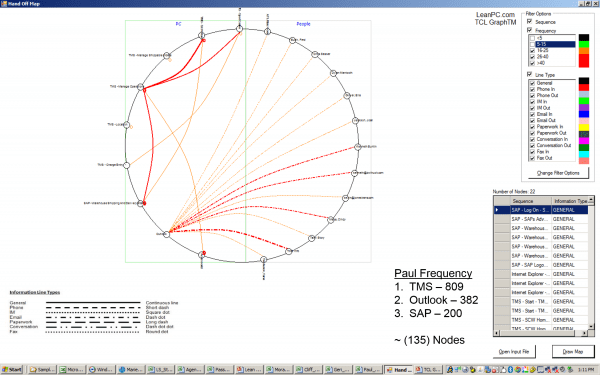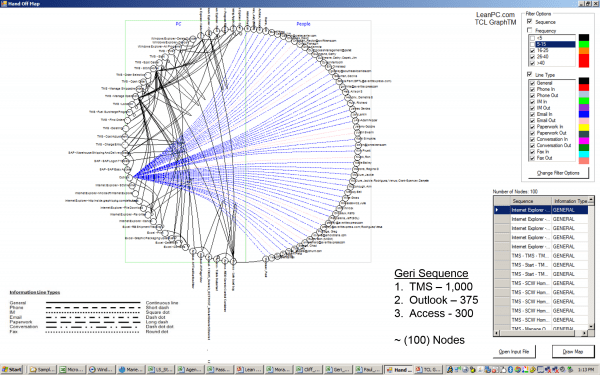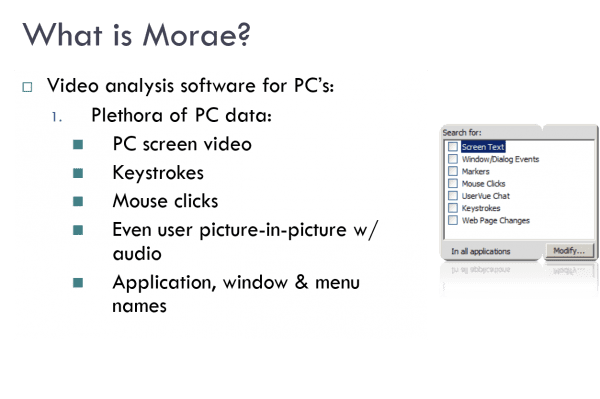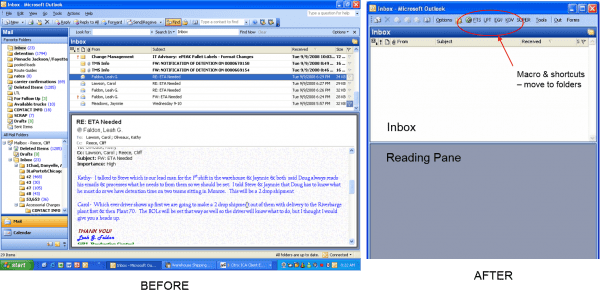Email Reduction – Outlook LSW
Description:
There are many strategies today regarding email. “Inbox Zero,” Microsoft’s ‘6 tips for reducing e-mail overload,’ and email control software just to mention a few, but none of these get to root cause analysis. Most, if not all, just want you to process the email … faster. Mercy.
Email is a very poor method of communicating and sharing information. Problems include:
Free form text (errors in the information, missing information, too much information)
Does not help showing status to multiple team members
Attachments are inefficient, duplicate, out of revision
Typically causes work to stop
Does not allow information to be standardized or normalized
We need to start asking different questions so that we can reduce time spent in email. Why was the email created in the 1st place? What information do I need to share? What information do I need to know? With our email reduction event we get to the heart of the email by understanding some basics.
Is the email inbound or outbound?
Who are the primary recipients of the email?
Who are the primary senders of the email?
What are the frequency (count) of email?
What is the reason or description of the email?
Is email being used to share attachments?
TGG’s tools allow you to identify root cause of excessive email … then turn it off.
How much time do you spend each day processing email? Submit your problem statement today!
We move this data into our TGG custom graphing software (screen shots below) and then begin to ask questions of this data. As we are able to Pareto the recipients, senders, subject & reasons, we can then begin to turn the email traffic off. When we get to root cause this email traffic doesn’t return to your inbox. We can then begin to determine more efficient ways of communicating and sharing information so that the order to cash process doesn’t stop or have inherent delays.
Duration:
3 days SCO
5 days RUN
2 days Evaluate
Typical Outcomes:
- 50% reduction of email
- Dashboards and portals
- Outlook (standardized) form templates
- Daily management standard meeting agendas

